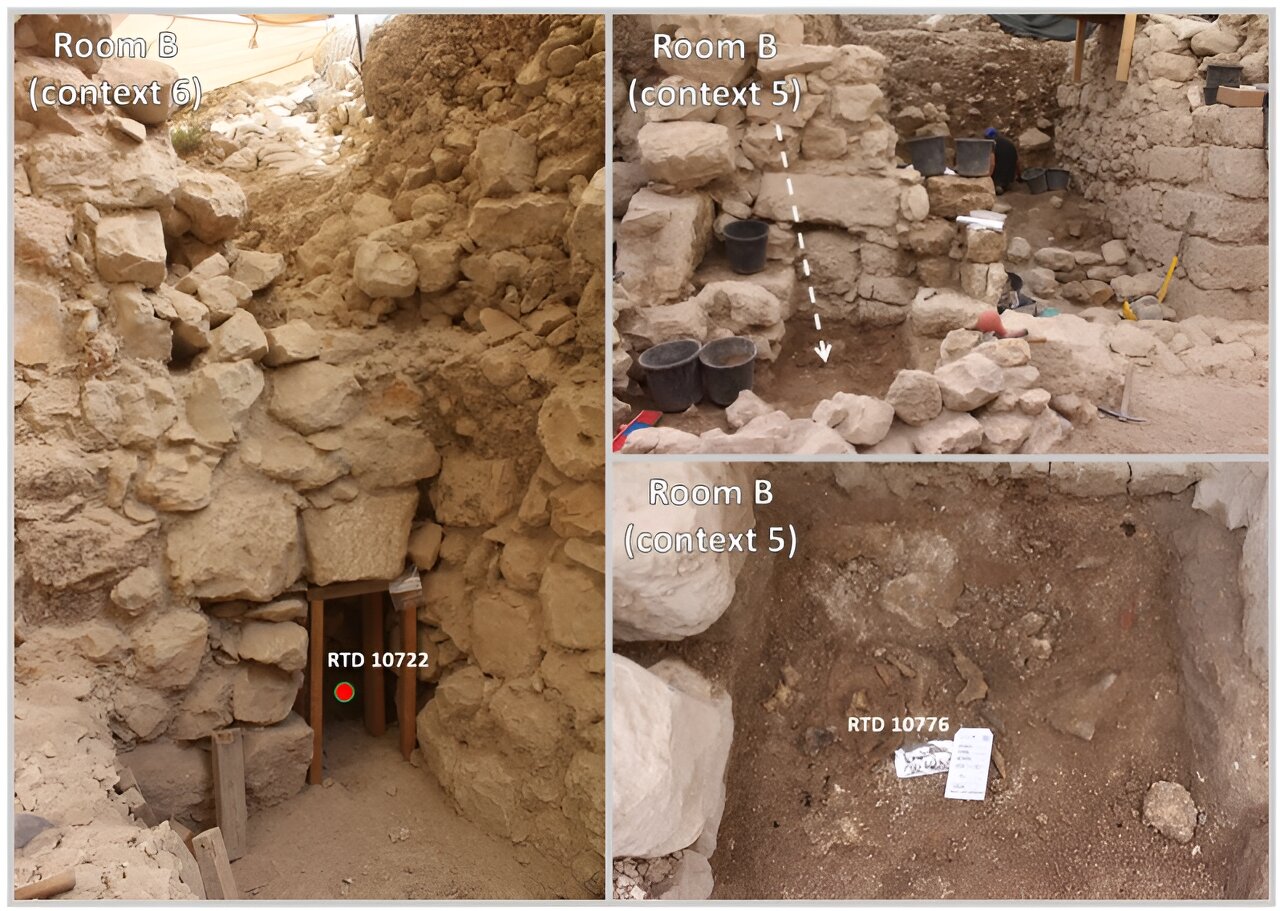A groundbreaking collaboration between archaeologists, antiquities specialists, Bible scholars, and mass spectrometry experts has shed new light on the history of Jerusalem. The team, comprised of researchers from various Israeli institutions alongside international colleagues, has successfully dated artifacts from the First Temple period in the City of David with unmatched precision.
Their findings, published in the Proceedings of the National Academy of Sciences, detail the utilization of radio-carbon dating, tree-ring analysis, and other advanced techniques on artifacts unearthed in one of Jerusalem’s most ancient districts. This achievement holds significant weight as the historical narrative of Israel, particularly regarding Jerusalem, has become a focal point for religious and political entities vying for control over specific areas within the city.
The City of David, referenced in ancient texts, is a prime example of such contested sites. Previous archaeological efforts relied on traditional methods of uncovering artifacts buried beneath layers of earth, aiming to establish connections between these discoveries and historical accounts. However, these methods lacked the necessary accuracy to definitively link findings to specific events.
This new research, however, sought to pinpoint the age of recently unearthed artifacts with far greater precision. The team meticulously analyzed a variety of objects, including seeds and a bat skull, recovered from a stratum identified as the Hallstatt Plateau, dating between 770 and 420 BC. By conducting a staggering 103 carbon-14 measurements, they were able to generate high-resolution dates for the artifacts.
Furthermore, the researchers employed a technique known as tree-ring dating on materials within the same layer, enabling them to pinpoint the exact year of origin. Armed with these precise dates, the team delved into historical texts, including the Bible, to identify potential correlations between the nature of the artifacts and documented events.
The analysis revealed a remarkable convergence between the dated artifacts and historical accounts. The researchers successfully linked many artifacts to specific events, confirming the initial settlement of the city between the 12th and 10th centuries BC, followed by a westward expansion. Additionally, evidence of an earthquake and subsequent reconstruction during the 8th century BC, along with the devastating Babylonian destruction of Jerusalem in 586 BC, was corroborated by the dated artifacts.
This groundbreaking research paves the way for a more nuanced understanding of Jerusalem’s past. By employing cutting-edge techniques and fostering collaboration across various disciplines, archaeologists are now able to bridge the gap between historical narratives and tangible evidence with unprecedented accuracy. This achievement promises to illuminate the rich tapestry of Jerusalem’s history, offering valuable insights for future generations.
